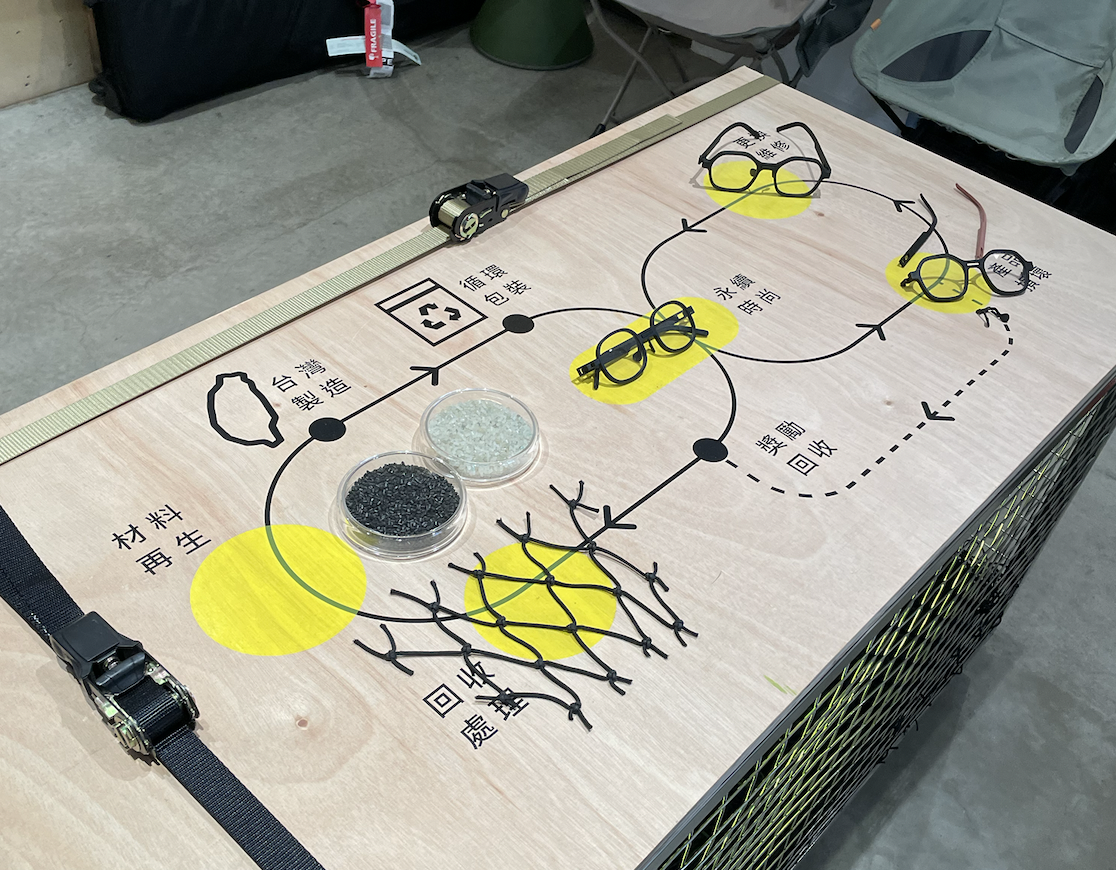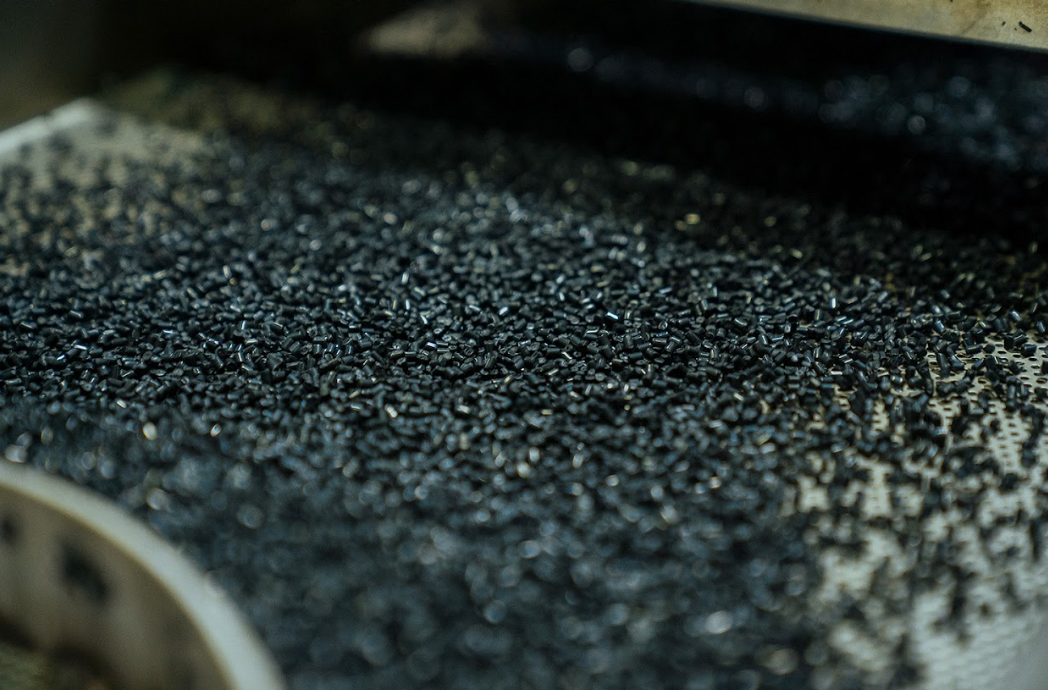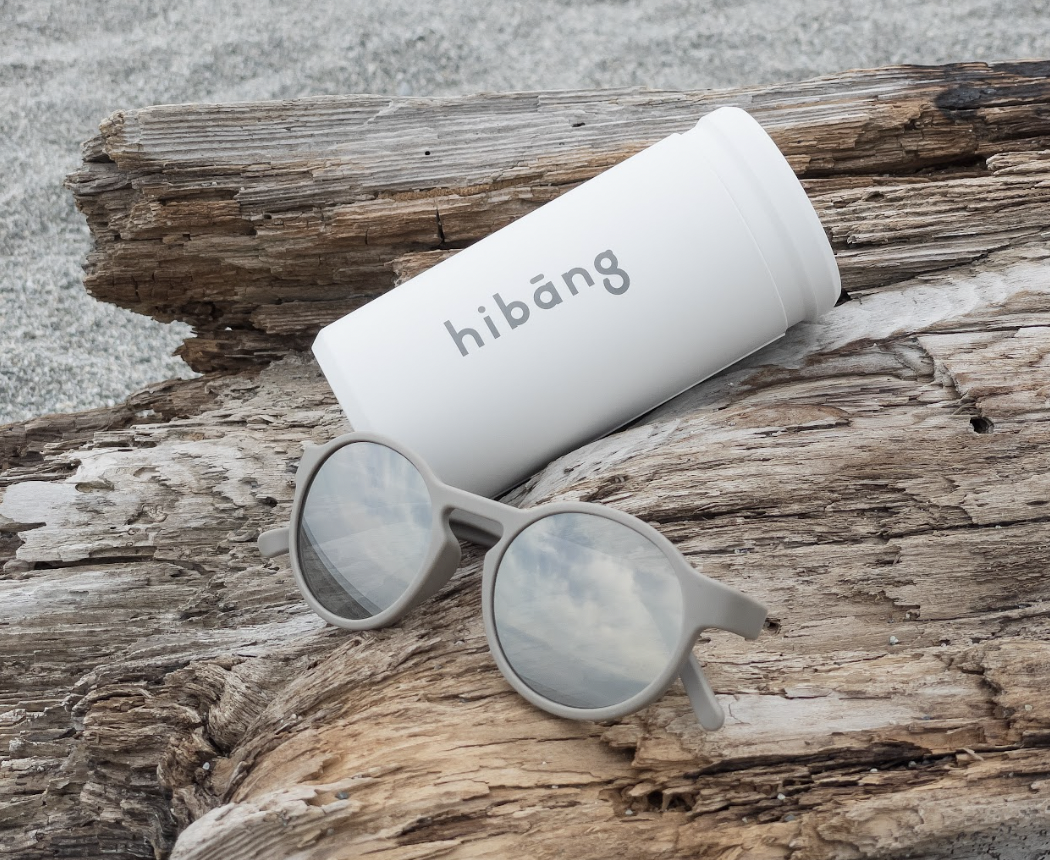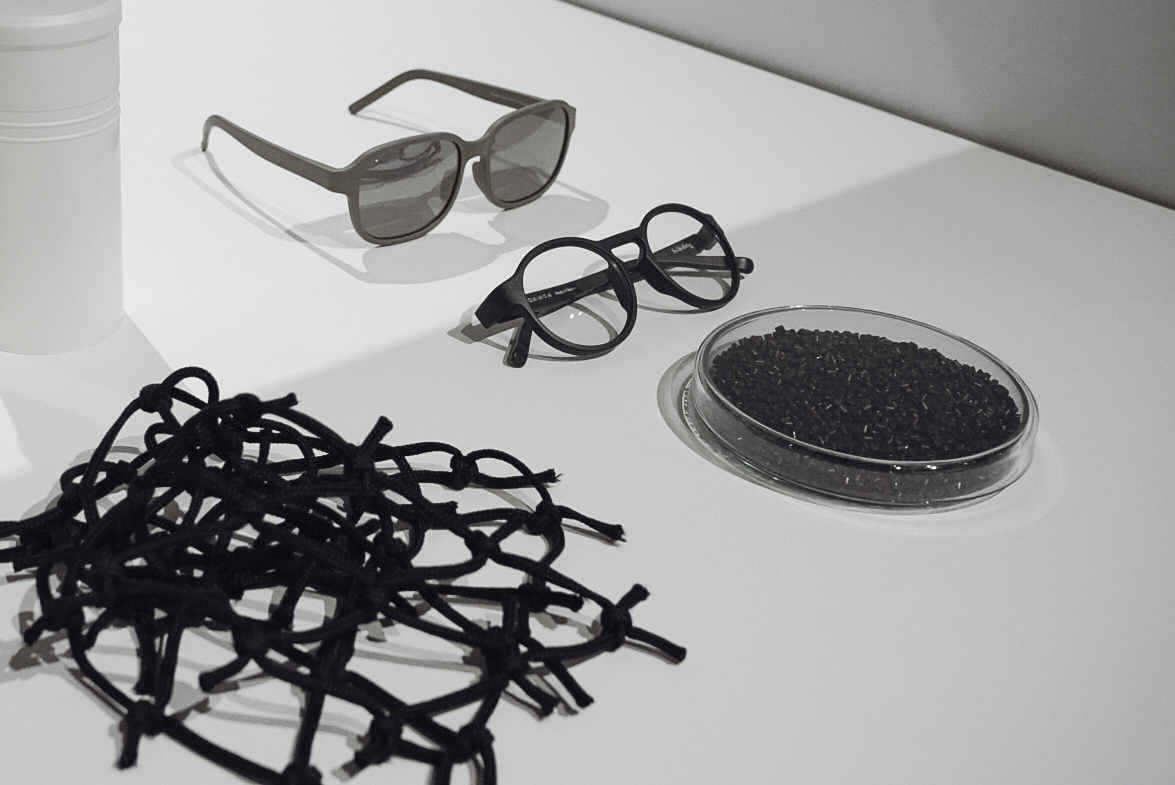Preparatory Work
1 Fishnet Recycling
Since the recycling process of fishnets is not normalized or mature yet in Taiwan domestically, there are two primary methods to obtain the fishnets. The first method is to acquire the fishnet wastes or extra fishnets from fishermen, while the second is through beach cleaning activities to collect fishnets.
 Image Shot by Us
Image Shot by Us
2 Physical Change: Melting
Adopting physical methods of fishnet recycling, melt the nylon into liquid with a high temperature of 220 to 240 degrees Celsius, then change its form into noodle shape from its original liquid state.
3 Curing/ Solidification
The noodle-shaped nylon needs to pass through a long water channel





